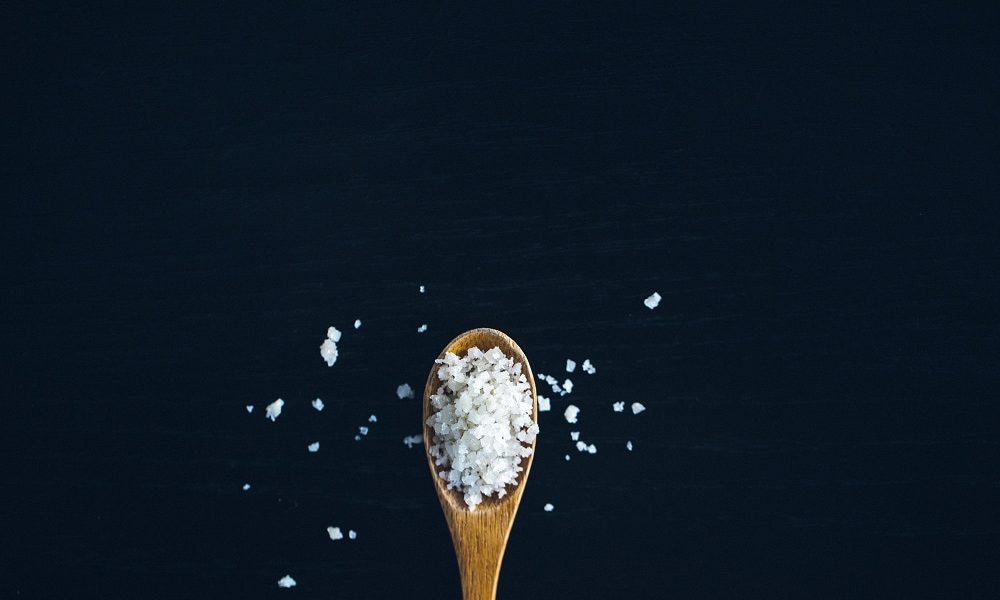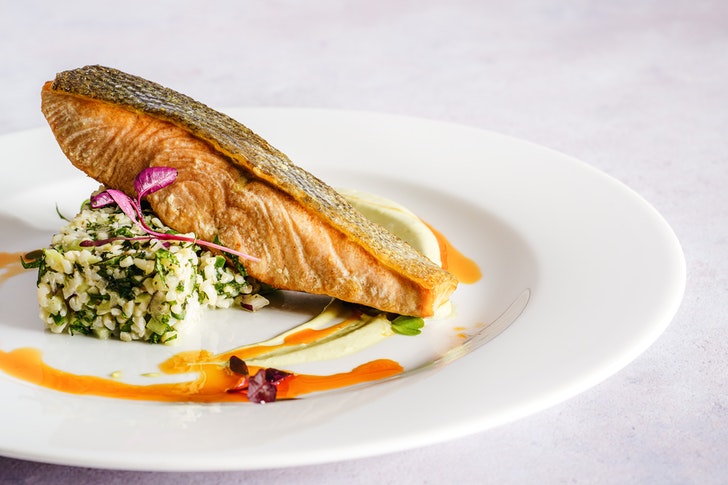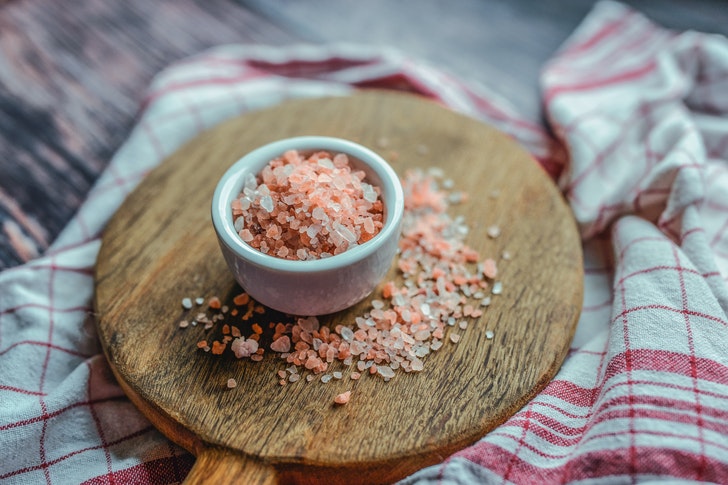
Check Your Sodium Intake—Not All Salts You Eat Are the Same

Salt is one of the most basic and most important ingredients in cooking. There are a lot of variants of salt out there, but they’re not all the same. These salts can differ in terms of concentration and how fast it dissolves. Some salts are recommended for cooking, while others should just stay as finishing touches. So, which of these 6 types should you use?

Gary Barnes / Pexels
Iodized Salt
Perhaps the most common salt in the market, iodized salt is also known as table salt. And it probably should just stay on your dining table. It’s not the best salt to cook with as it is highly processed and has weaker salinity.
The anti-clumping agents that this salt usually has are said to bring out that distinct metallic taste that culinary experts are not fans of. You can have iodized salt at arm’s reach when you want to add saltiness to your already-cooked meal. Using it when baking is also fine if the recipe doesn’t specify a different kind of salt since you’re just using a small amount of it.
Sea Salt
Sea salt appears finer and is less concentrated than other types of salt. Since it has finer crystals, it’s a favorite in the kitchen as you can control the saltiness of delicate food like fish and shellfish much easier. It can also disperse evenly, so it is a great option for baking. However, keep in mind that there are some sea salts that are coarser and more concentrated.

Sebastian Coman Photography / Pexels
Coarse Salt
Most of the coarse salt, with the most common ones being sel gris, gross el, and fleur de sel, come from the sea. However, these should be used differently. Coarse salt is also more concentrated and does not dissolve that easily, so it’s recommended to use it as a garnish at the end. Although, using it to cook beets, potatoes, or salt-crusted fish can be an exception.
Kosher Salt
Even though it’s called Kosher Salt, it isn’t always kosher. But why call it Kosher Salt, you ask? Well, it’s actually the salt of choice for koshering the meat. If you’re not familiar with koshering, it is the process of removing blood from the meat by rinsing, soaking, and salting.
With a lower salinity, there is a lesser chance of over-salting your food. Culinary experts also love its coarseness as it can be easily picked up and spread evenly using the fingers. It’s recommended for salting meat or pots of water.

monicore / Pexels
Pink Himalayan Salt
Pink Himalayan Salt has been becoming more popular recently both as an aesthetic décor and as a cooking ingredient. Its pink color can be attributed to the traces of minerals in the salt that includes potassium, calcium, and magnesium. These minerals give the salt its slightly unique flavor. However, save it for finishing. Its slab form can also be used for food presentation.
Flaky Salt
With its crispy texture, the flaky salt is more enjoyed for its texture rather than its taste. However, it’s said to be pricier than the other salt variants, so you’re better off saving it for finishing touches or for special cooking sessions. Its most common type, the Maldon sea salt, is actually a hit among chefs from around the globe.
More in Weight Loss and Diet
-
Is It Safe to Travel to Paris? Essential Tips for Tourists
When considering a trip to Paris, one of the first questions that often arises is, “Is it safe to travel to...
June 20, 2024 -
Hematoma vs Bruise: What Is the Difference?
When it comes to injuries, hematoma vs bruise are often used interchangeably, but they refer to different medical conditions. Understanding the...
June 12, 2024 -
What Is Unipolar Depression? Here’s What You Need to Know Right Now
Depression casts a long shadow over many lives, with symptoms that affect everything from our energy levels to our ability to...
June 7, 2024 -
A Comprehensive Guide on How to Heal Anxious Attachment Style
If you often find yourself seeking constant reassurance from your partner or requiring endless validation to feel secure, you may be...
June 1, 2024 -
Why Is My Skin Peeling on My Face After Skincare? Here’s What You Need to Know
Experiencing skin peeling on your face after implementing a skincare routine can be perplexing and frustrating. This phenomenon, where the skin...
May 23, 2024 -
What Is a Mental Edge, and How Do You Get It?
Have you ever wondered why some individuals seem unshakably confident under intense pressure, finding a way to excel when it matters...
May 15, 2024 -
When to Worry About Varicose Veins? Here’s What You Need to Know
Varicose veins are a common issue, affecting about 20% of adults. They’re usually seen as unsightly blemishes on the legs but...
May 12, 2024 -
Why Is Discipline Important: The Ultimate Guide to the Importance of Discipline
Discipline is undoubtedly one of life’s most crucial character traits. It shapes how we approach tasks, manage our time, and...
May 3, 2024 -
Have I Fallen Out of Love or Am I Depressed? Everything You Need to Know
Have I fallen out of love or am I depressed? You’re not alone in this query. In the diversity of human...
April 26, 2024















You must be logged in to post a comment Login